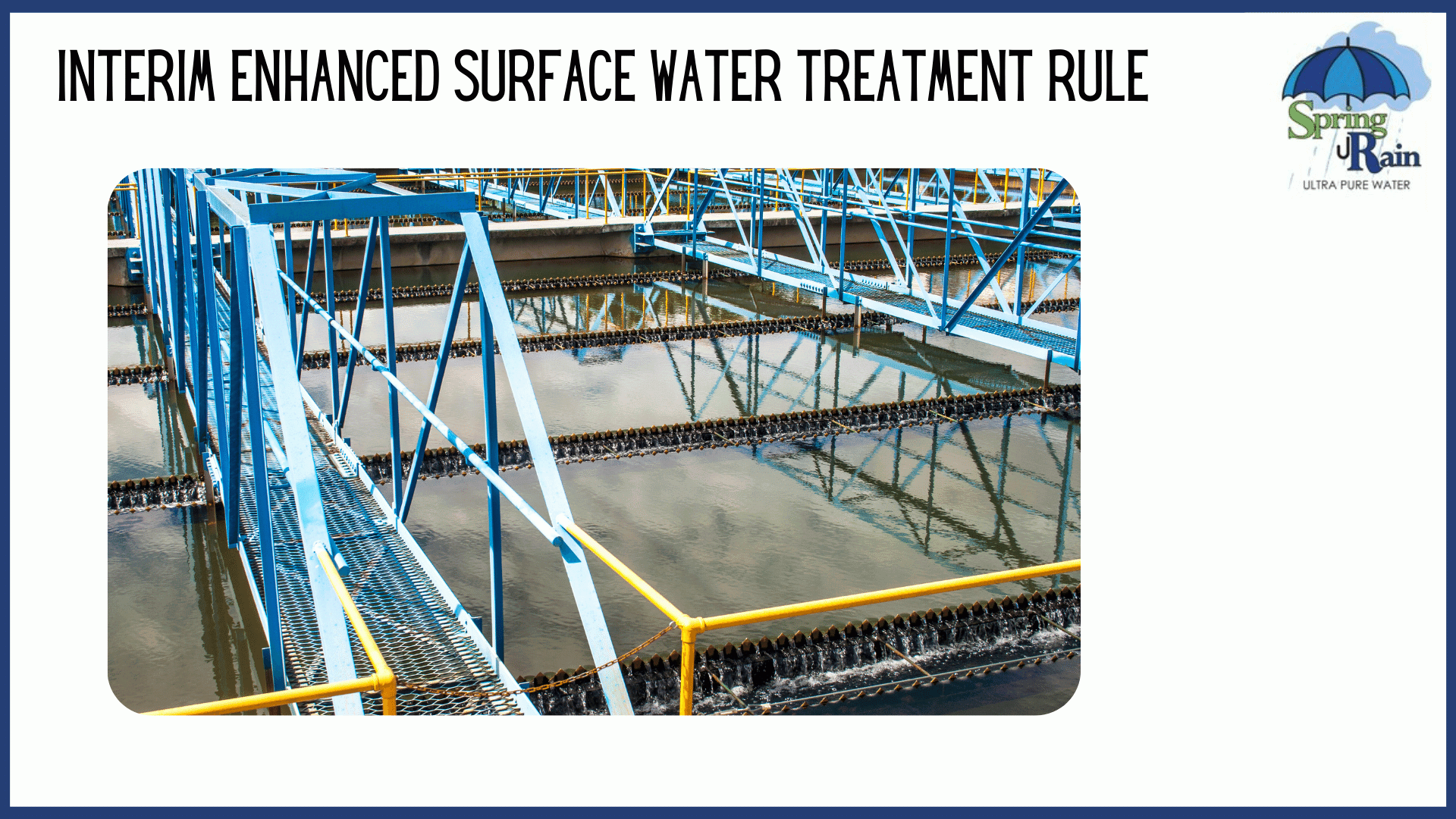The IESWTR includes requirements related to the performance of filters used in drinking water treatment. The rule revises combined filter effluent turbidity requirements. Effluent turbidity is defined as the amount of light that is scattered by particles in water when passed through a light beam. A new combined filter effluent turbidity standard of 1 NTU took effect on June 19, 2008. The existing daily maximum limit of 5 NTU for both single filters and plants with only dual-media filters will no longer apply to plants after this date. A new single filter standard of 5 NTU and a combined filter standard of 1 NTU will apply to plants on January 19, 2009.
In addition, certain system-specific requirements were added as follows:
- Systems must sample an equal number of filters at each plant
- Systems must use all data collected during the compliance period
- Systems must start monitoring for unregulated contaminants that may be present in the source water.
Pennsylvania's drinking water standards are found within Title 35 of the Pennsylvania Consolidated Statutes (PCS). The IESWTR applies to filtered water systems using surface water or groundwater under the direct influence of surface water. The rule only applies to systems serving at least 10,000 people.
Pennsylvania has approximately 7,300 filtered public water systems that are affected by the IESWTR. This includes about 690 large community or non-transient non-community public water supplies, about 3,750 medium/small community public water supplies, and about 120 non-transient non-community systems. Pennsylvania is probably the most affected state by this rule due to the large community water supplies in this state.
Why is effluent turbidity important?
Effluent turbidity is defined as the amount of light that is scattered by particles in water when passed through a light beam. The goal of effluent turbidity limits is to protect the integrity and performance of the distribution system (i.e., pipes, pumps, valves). Particles in drinking water can be naturally occurring or may result from pipe corrosion, gelling agents, backwashing of treatment components, and sampling procedure.
These particles can or may cause a number of problems including or causing: water discoloration which reduces the aesthetic appeal to customers; plugging of distribution system components such as strainers and valves; clogging of customer plumbing systems which can result in damage to fixtures and appliances.
If you feel that your local water supply is not up to standards, you can request a copy of their water tests or request an independent test from an environmental laboratory.
For additional peace of mind, you can install a whole house filtration system.

Recent Comments